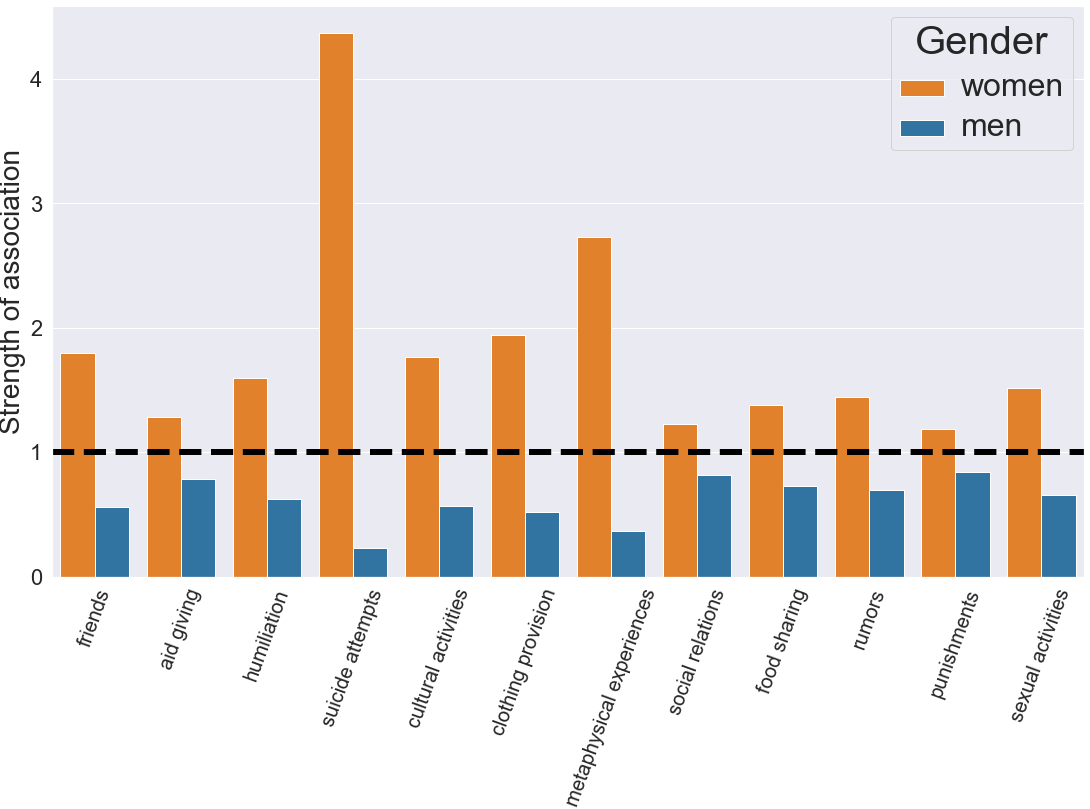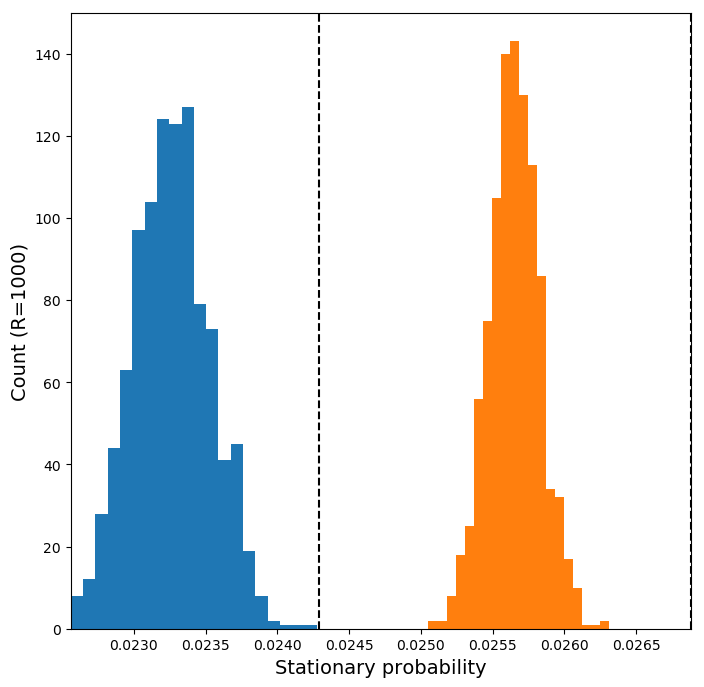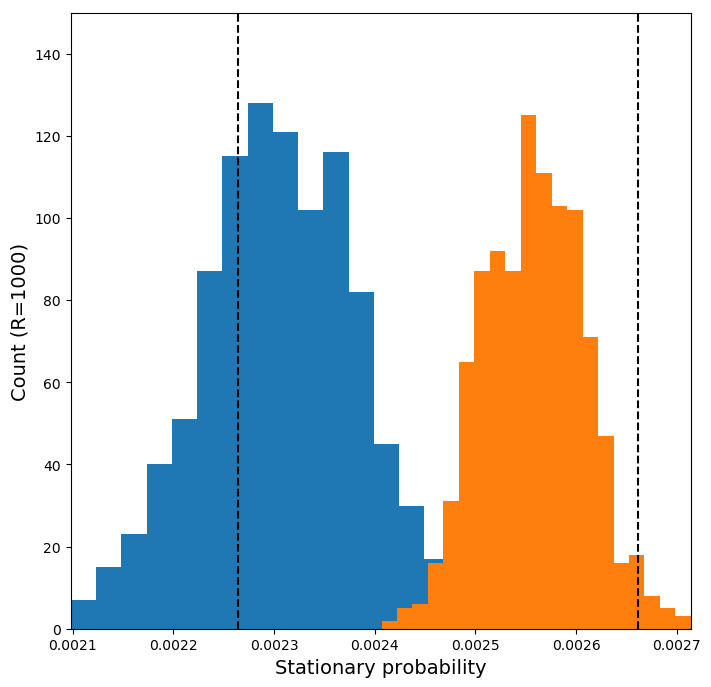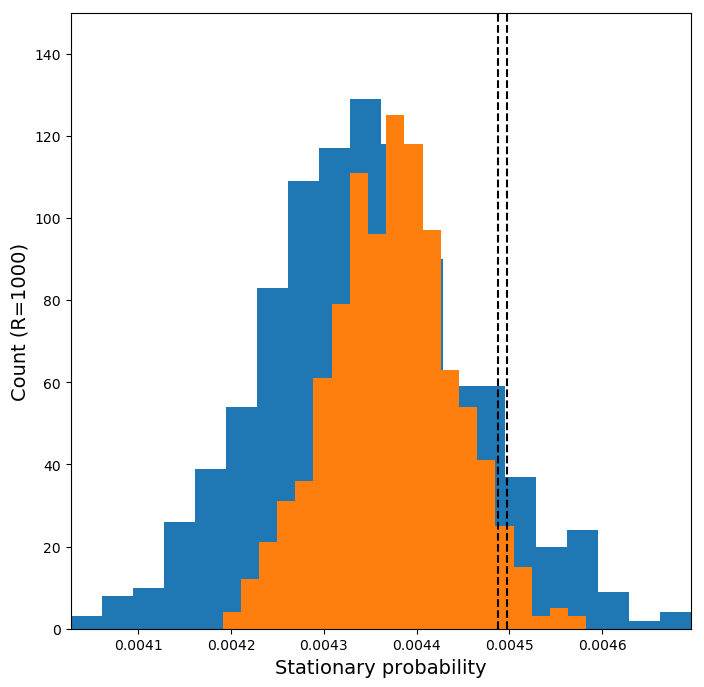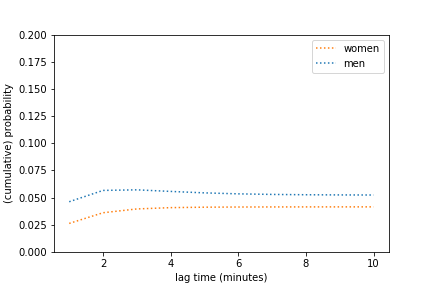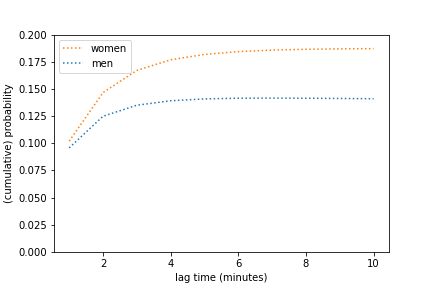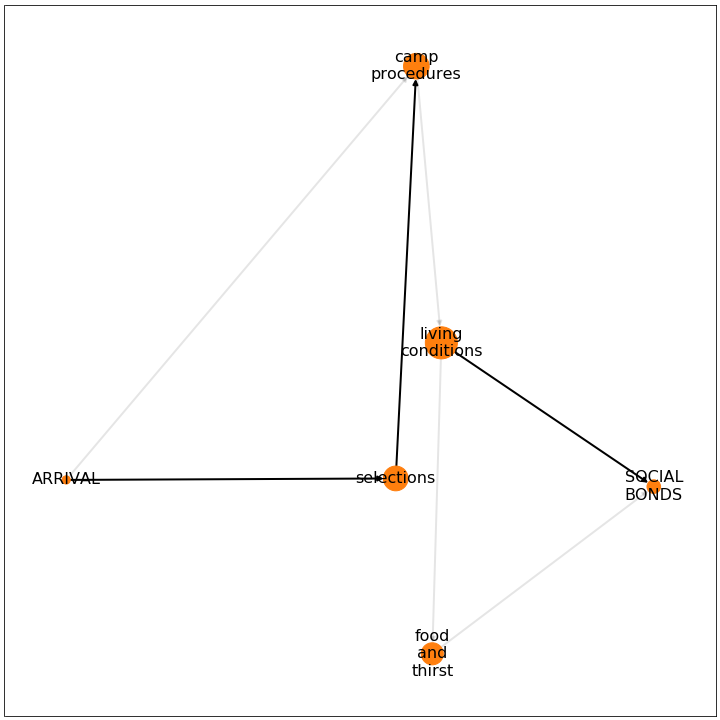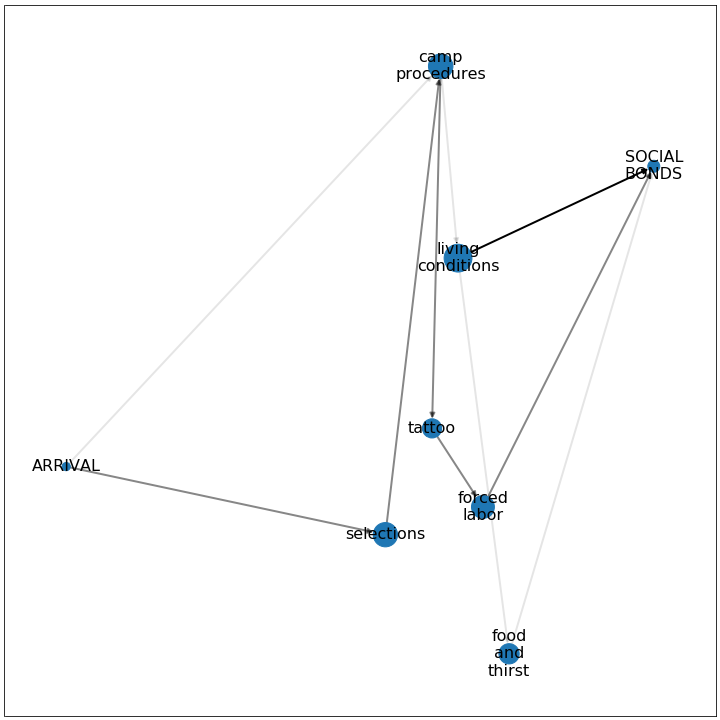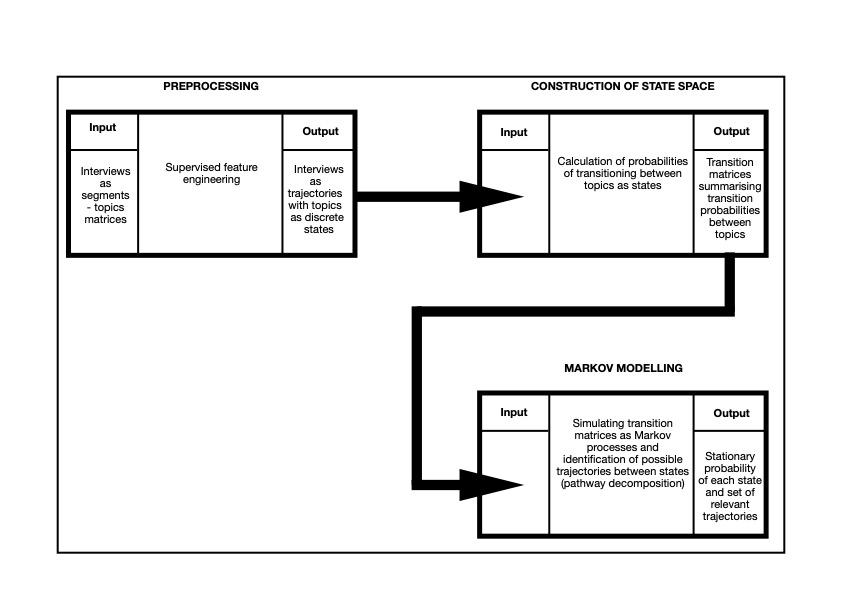Volume 16 Number 3
Studying Large-Scale Behavioral Differences in Auschwitz-Birkenau with Simulation of Gendered Narratives
Abstract
In Auschwitz-Birkenau men and women were detained separately; anecdotal evidence suggests that they behaved differently. However, producing evidence based insights into victims' behavior is challenging. Perpetrators frequently destroyed camp documentations; victims' perspective remains dispersed in thousands of oral history interviews with survivors. Listening to, watching, or reading these thousands of interviews is not viable, and there is no established computational approach to gather systematic evidence from a large number of interviews. In this study, by applying methods and concepts of molecular physics, we developed a conceptual framework and computational approach to study thousands of human stories and we investigated 6628 interviews by survivors of the Auschwitz-Birkenau death camp. We applied the concept of state space and the Markov State Model to model the ensemble of 6628 testimonies. The Markov State Model along with the Transition Path Theory allowed us to compare the way women and men remember their time in the camp. We found that acts of solidarity and social bonds are the most important topics in their testimonies. However, we found that women are much more likely to address these topics. We provide systematic evidence that not only were women more likely to recall solidarity and social relations in their belated testimonies but they were also more likely to perform acts of solidarity and form social bonds in Auschwitz-Birkenau. Oral history interviews with Holocaust survivors constitute an important digital cultural heritage that documents one of the darkest moments in human history; generally, oral history collections are ubiquitous sources of modern history and significant assets of libraries and archives. We anticipate that our conceptual and computational framework will contribute not only to the understanding of gender behavior but also to the exploration of oral history as a cultural heritage, as well as to the computational study of narratives. This paper presents novel synergies between history, computer science, and physics, and it aims to stimulate further collaborations between these fields.
I. Introduction
1. General background
2. Our dataset and its historical context
3. Two Computational Challenges Related to Survivor Testimonies
- How can we model the ensemble of narrative processes understood as sequences of topics unfolding over time?
- How can we measure the probability and the importance of topics in the ensemble of narrative processes?
II. Methodology
1. Our Conceptual Framework
2. Our Computational Model
III. Our Results
1. Understanding the significance of topics related to solidarity and social bonds in survivor narratives
We became friends with everybody — anybody and everybody. We — we — we really cared for each other. We did everything possible to try and encourage each other. If somebody wanted to hang themselves because they couldn't take it any more; we somehow talked 'em out of it. If somebody, for instance, said, I'm giving up, I can't do it any more, we somehow talked them out of it. We maybe shared a little piece of bread. The bread was mostly made out of sawdust, but somehow we put a little piece of bread in his mouth. We did all kinds of those kinds of things. [Gross 1996, Tape 2, 00:28:34]
2. Comparative analysis of solidarity and social relations in narratives of men and women
3. Narrative pathways leading to and from topics of solidarity and social bonds
3. Conclusion
1. Discussion of results
And, you know, it's very hard to explain how logic or emotion doesn't come into it. You're fighting for your life. You're fighting for a piece of bread. You don't think, now what do I think is happening? It's happening. You're glad today you weren't beaten. You're glad yesterday you had a mouthful more bread. You — you don't speculate. So this one was run onto the wire and got killed. Fine, she's. She's lucky. I'm not lucky. Because I haven't got the guts to do it. So that is the mentality. You know, that's how you live. You're not a human. You're dehumanized. You don't think. You follow instructions like an animal, not even — an animal wouldn't listen to it. So you become a piece of robot really, which if you don't where emotions and hunger meets or takes over. [Neumann 1996, Tape 4, 00:21:00]




